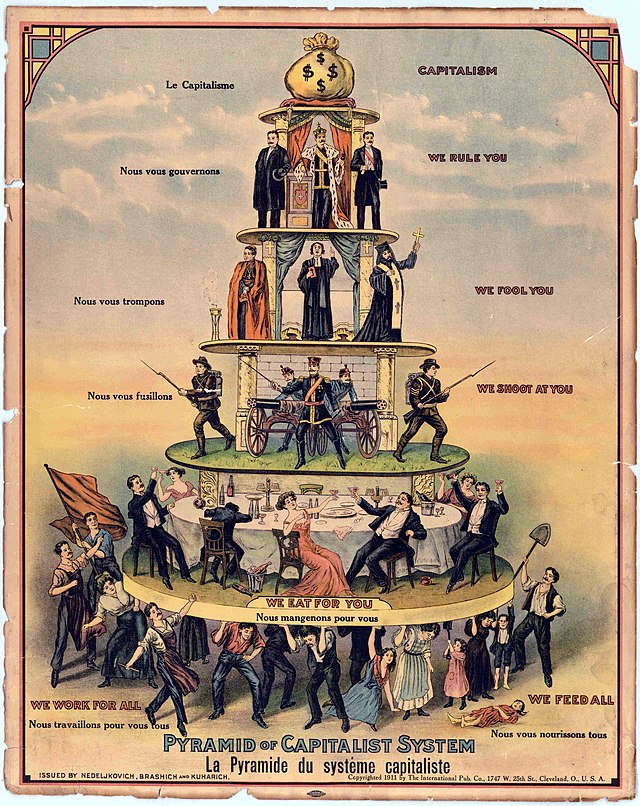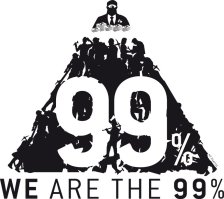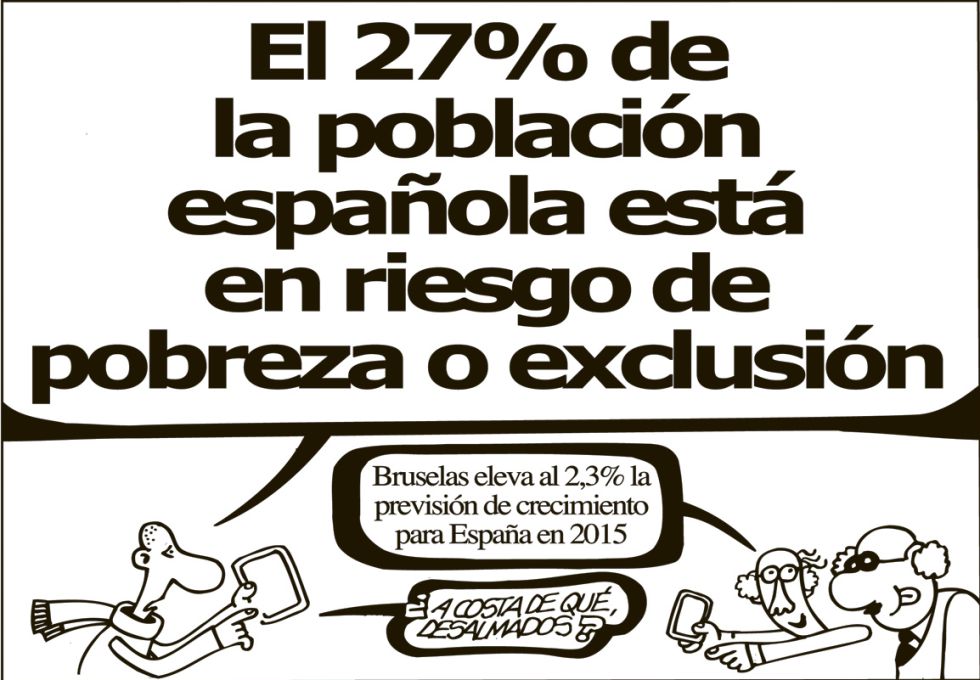To revise, we have defined surplus value (what you produced but you don't enjoy), workers alienation (monotonous work that kills creativity)
Then we have spoken about the characteristic of Anarchism, and the main thinkers, abd we’ve copied them from the blackboard. Like Kropotkin, Bakunin or Proudhon.
The main ideas of Anarchism were:
- People are born free, but social institutions snatch thir freedom and limit their possibilities
- The only way to recover freedom is eliminating or destroying everything that limits people freedom.
-Collective property
- Peasants could also be revolutionary
- People have to decided if they want to cooperate with other or stay apart.
Then we also seen a photos of anarchism and the teacher has explained them.
The teacher Paqui has explained the incidents of the terrorist trends attacks in Barcelona, and the contents of newspaper "Petit Journal" and a photos of this.
A minority of the anarchists focused on propaganda by the deed: use of violence to destroy capitlaism through terrorist attacks against its representatives: bourgeois, politicians, military men, king. They were strongly repressed by the governments
Then we have spoken about anarcho-syndicalism (workers organized unions, the importance of education), created organizations for figth pacifically and get an education to be ready for revolutions. In Spain: CTN (anarchist union created in Spain in 1910)
Then we have watched , The International Workingmen's Association (IWA) and the differences between marxism and anarchism) on the whiteboard
And finally, we have learned the The Second International (creached in 1889 only by Marxism)
Main groups inside the Second International were:
-Some wanted to make revolution to reach power
- Others wanted to participate in the elections ( Social-Democrats)
The Second International dissolved during IWA
Now the vocabulary:
-exhausted: agotado
- to stand for: defender/promover
- self-managed: autónomo, con auto gobierno
- propaganda by the deed: propagando por hecho
- to be right/wrong: tener razón/ estar equivocado
-good deeds: buenas obras
- terrorist attack: atentado (terrorista)
- guilty: culpable
-night school: escuela nocturna
- contraceptive: contra-conceptivo
- to someone's initative: por iniciativa de
- IWA-AIT (Asosiación Internacional de Trabajadores)
- acronym: siglas
- submissive: sumiso
Bye!
Bye!














.jpg)
.jpg)



























